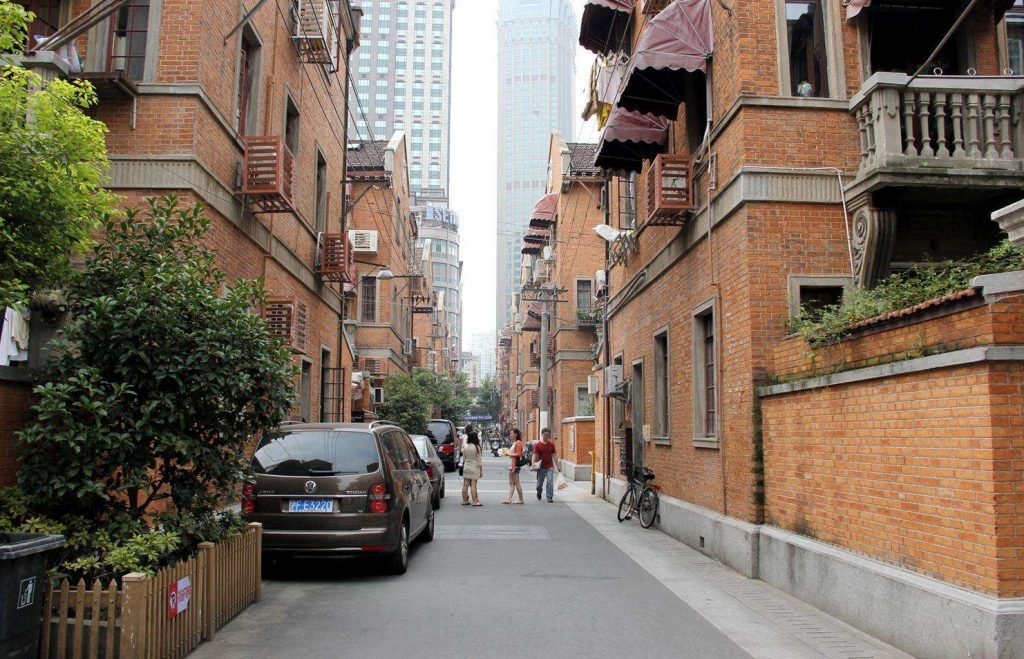Shanghai Lilong
1 min readAs world famous as Beijing’s hutongs,the lilongs are inseparable from Shanghai’s history and culture,as in fact, the large number of unique Shanghai-style architectures in the narrow lanes and alleies have recorded the city’s past and are now witnessing its present.Lilongs and their architectures are of typical Shanghai characteristics:ordinary lanes crammed together in a way that deeply reflects Shanghai’s 19th-century colonial past.

When the British arrived in 1843,modern Shanghai grew up around the bustling maze of linongs.In the middle of the 19th century,the Taiping Rebellion forced a large number of refugees to move to Shanghai,and the typical Shikumen houses along the lilongs were built on an unprecedented scale in the foreign concessions.

During the short period between the late 1800s to the 1930s,lilong and its architectures like Shikumen houses reflected this mixing with their Chinese structure and European organization:houses extending one after the other in row after row,like a chessboard,the structures were built with brick walls,and with cyan or red surface of them.Most of decorations were in the western-style.

Shikumen lilongs sometimes can be the most romantic of places despite their loud and worldly happiness.The intimate relationship between neighbors, such as groups of Shanghai op- era or dance lovers,is a direct result of the compact living. Many people have survived and Thrived in the compact lilongs,and are living a life much larger than the space allowed.









